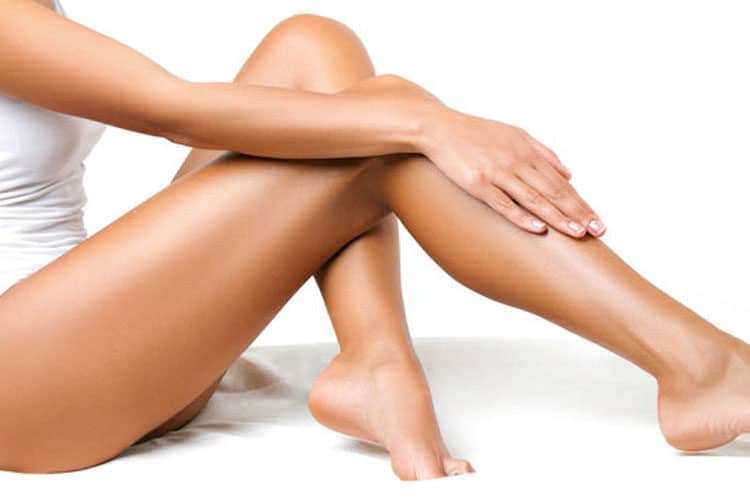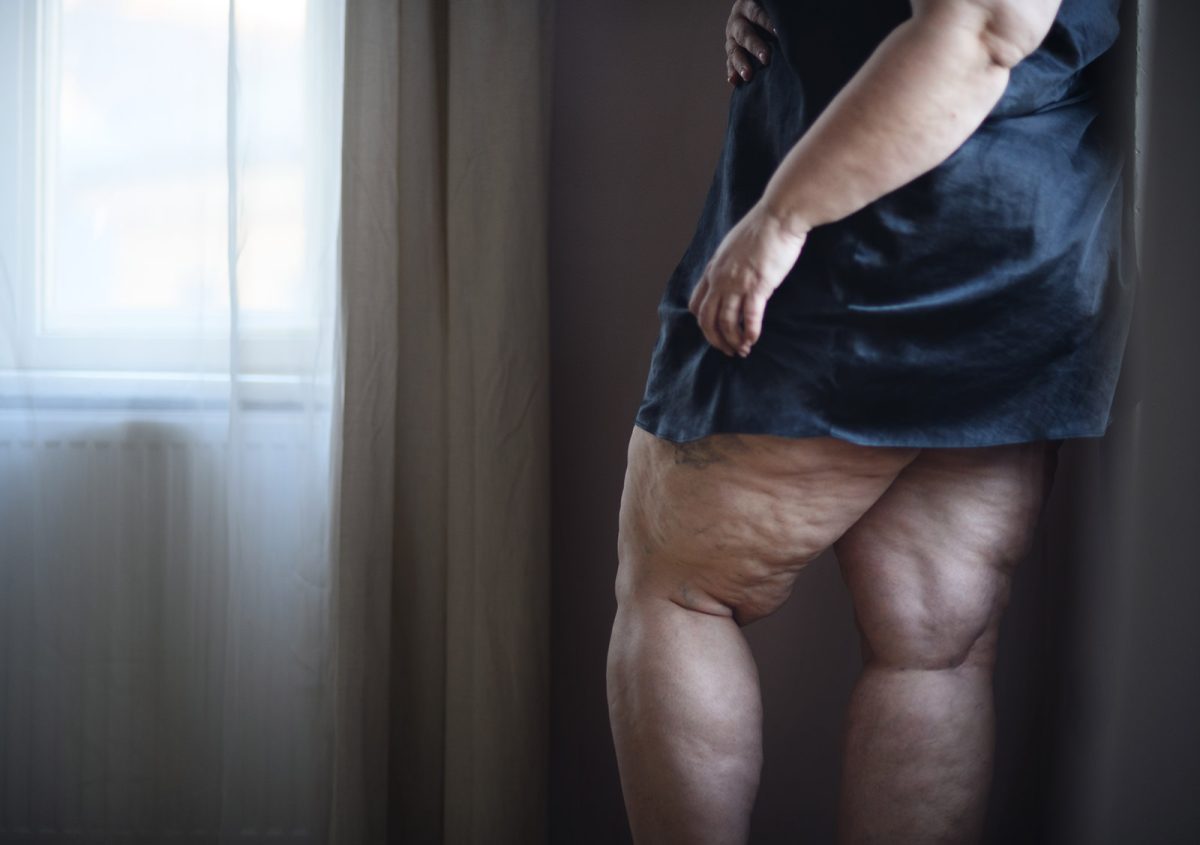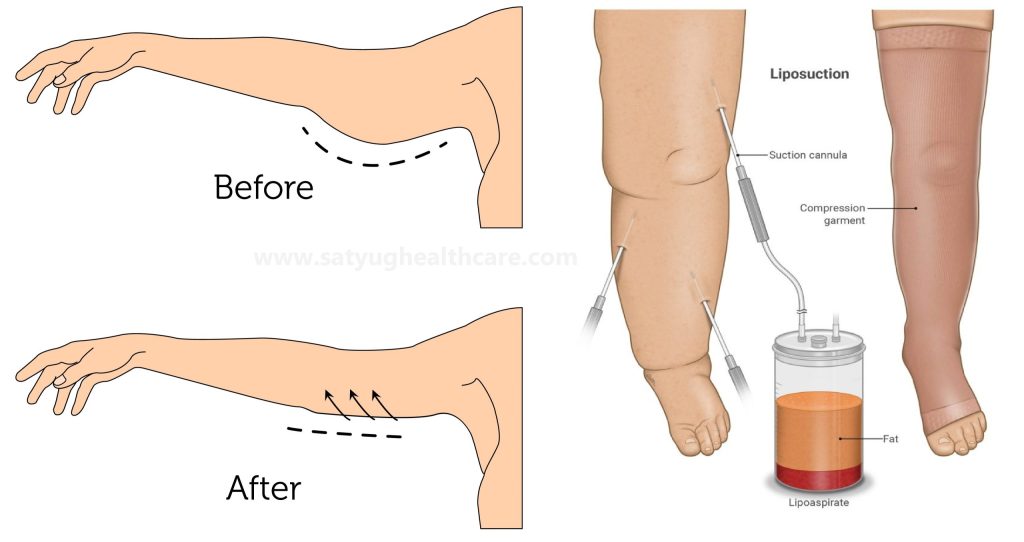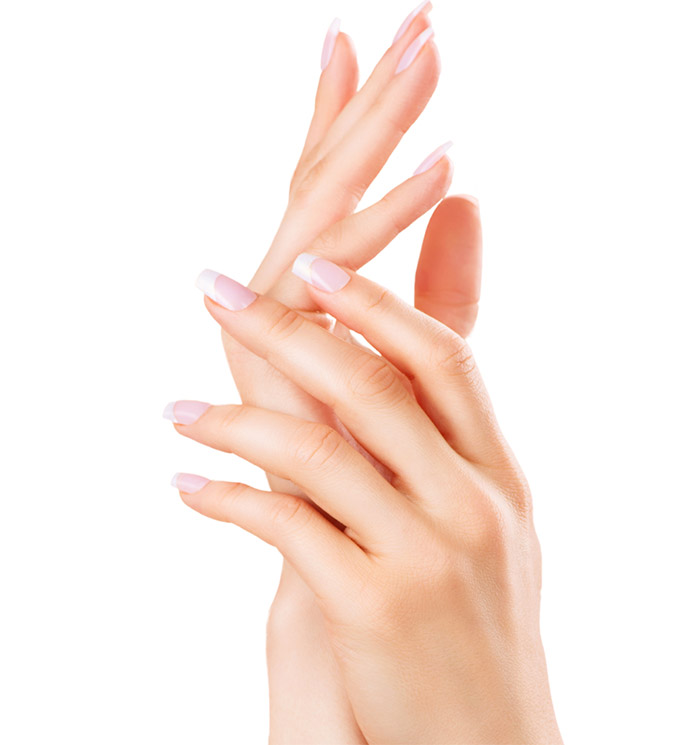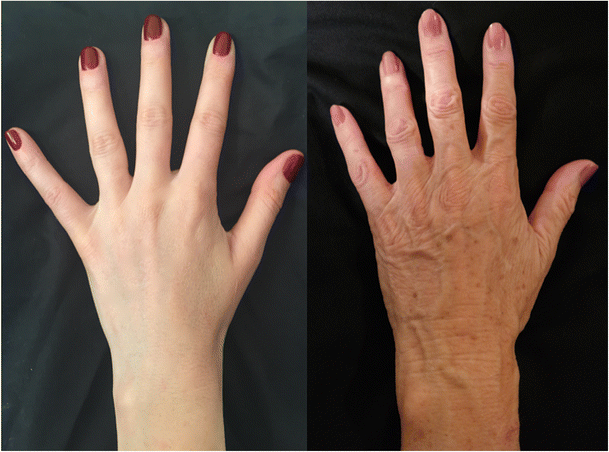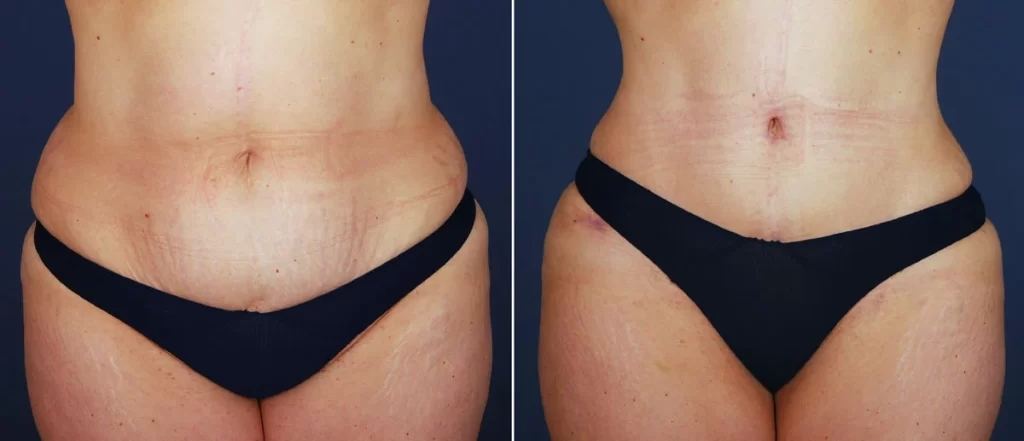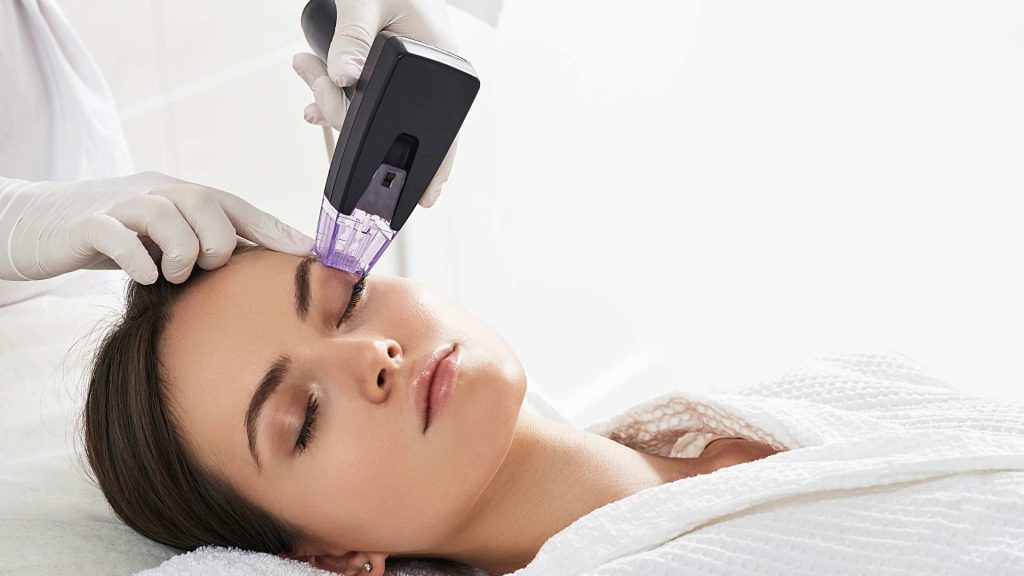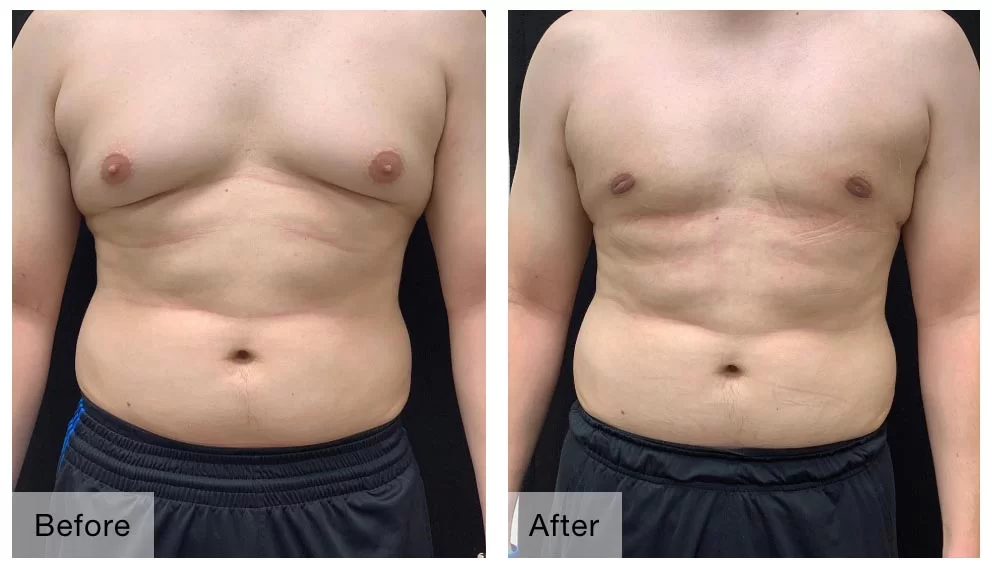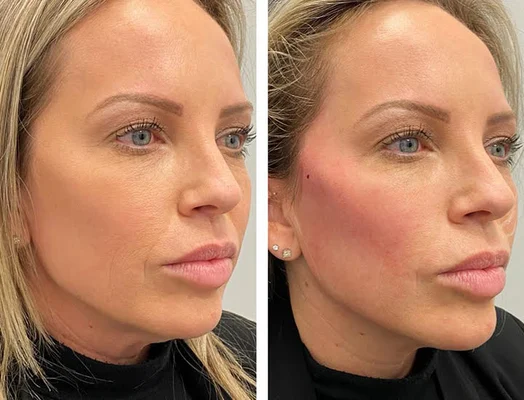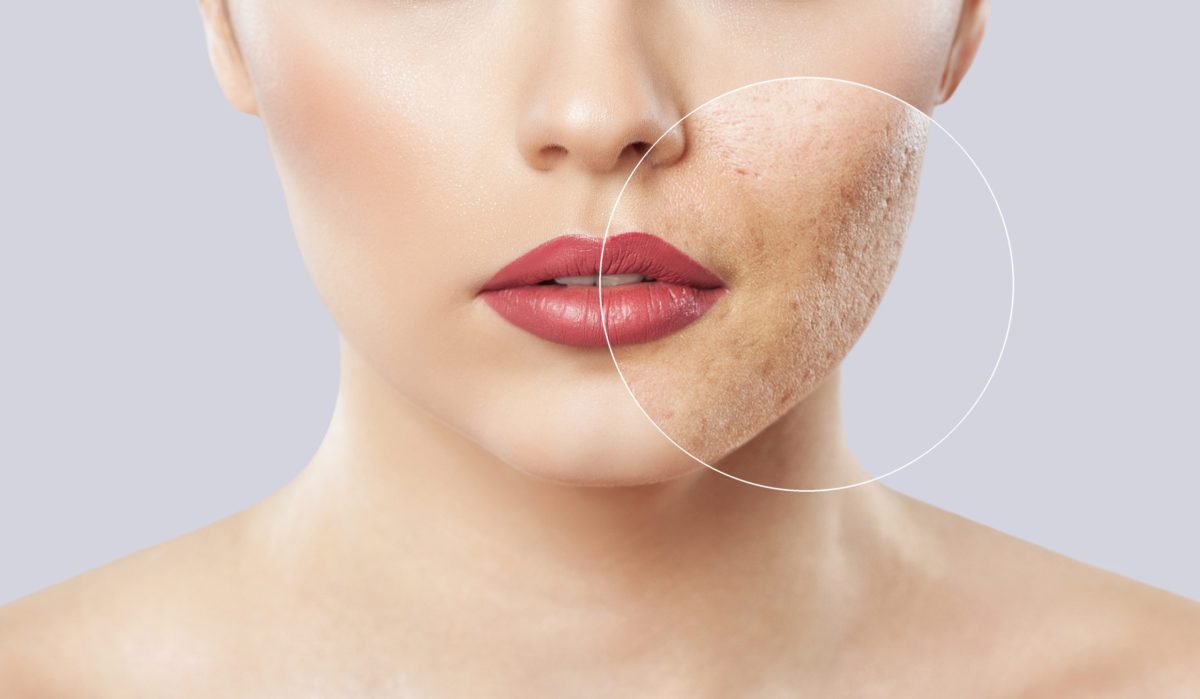Cellulite can be a frustrating skin concern for many. While traditional treatments often fall short, emerging cellulite treatments are changing the game. These innovative solutions promise better results and smoother skin. From advanced laser therapies to new topical creams, options are expanding rapidly.
People no longer have to rely solely on old-school methods that may not deliver. The latest techniques are designed to target stubborn cellulite effectively. They focus on boosting collagen and improving skin texture, giving you a fresh start. With these breakthroughs, achieving firmer skin is more attainable than ever. Discover what’s new in the world of cellulite treatment and find the right solution for you.
Key Takeaways
-
Understand that cellulite is a common condition caused by factors like genetics, diet, and lifestyle. Recognizing these causes can help you choose the right treatment.
-
Explore the latest technology in cellulite reduction, including non-invasive options that offer effective results without surgery.
-
Consider laser and energy-based therapies as they have shown promising results in reducing the appearance of cellulite.
-
Injectable and mechanical solutions may be suitable for those seeking quick results; research these options to find what works best for you.
-
Invest in home devices designed for cellulite reduction, which can be a cost-effective way to maintain your results between professional treatments.
-
Budget for treatment costs by comparing different options and understanding that maintaining results may require ongoing investment.
Understanding Cellulite and Its Causes
Structural Changes
Cellulite forms due to structural changes in the skin and connective tissue. The skin has three layers: the epidermis, dermis, and subcutaneous fat. In cellulite, the subcutaneous fat pushes against the dermis. This creates a dimpled appearance on the skin’s surface.
Connective tissue fibers also play a role. These fibers connect skin to underlying muscles. When they weaken or become less elastic, they allow fat cells to protrude. This leads to the characteristic bumps of cellulite.
Contributing Factors
Genetic factors significantly contribute to cellulite development. If family members have cellulite, individuals are more likely to develop it too. Certain genes affect factors like metabolism and fat distribution.
Hormonal changes also influence cellulite formation. Hormones such as estrogen can increase fat storage. This is especially true during puberty, pregnancy, or menopause. These hormonal shifts can lead to increased visibility of cellulite.
Lifestyle choices matter as well. Poor diet and lack of exercise can worsen cellulite. Foods high in sugar and saturated fats may promote fat accumulation. Sedentary behavior reduces muscle tone, making cellulite more noticeable.
Demographic Prevalence
Cellulite affects many demographics but is more common in women than men. Studies show that about 80-90% of women experience some form of cellulite after puberty. Men have thicker skin and different fat distribution patterns, making them less prone to it.
Age also plays a role in prevalence. As people age, skin loses elasticity and collagen decreases. This makes cellulite more visible over time.
The impact of cellulite on self-esteem is significant. Many individuals feel self-conscious about their appearance due to cellulite. It can affect clothing choices and social activities. Feeling embarrassed or ashamed can lead to lower confidence levels.
Understanding these factors helps highlight why cellulite is so common. It shows that both genetics and lifestyle play crucial roles in its formation.
Latest Technology in Cellulite Reduction
Minimally Invasive Techniques
Advancements in minimally invasive techniques have transformed cellulite treatment. Traditional methods often required surgery and lengthy recovery times. Now, newer techniques offer effective solutions with less discomfort. For example, laser-assisted treatments use focused light to break down fat cells beneath the skin. This method minimizes damage to surrounding tissues.
Another innovation is the use of radiofrequency technology. This technique heats the skin to stimulate collagen production. Increased collagen can improve skin texture and reduce the appearance of cellulite. These methods lead to quicker results with fewer side effects.
Cutting-Edge Equipment
Professional settings now utilize cutting-edge equipment for precise results. Devices like ultrasound machines target specific areas with high accuracy. They help in breaking down fat deposits while tightening the skin. This dual action leads to more noticeable improvements.
Vacuum-assisted devices are becoming popular. They combine suction with other technologies to enhance effectiveness. These devices pull the skin upwards while applying energy below the surface. This process helps smooth out lumps and bumps associated with cellulite.
Recovery Time and Patient Comfort
Technology plays a crucial role in reducing recovery time and enhancing patient comfort. Many new treatments require little to no downtime. Patients can often return to their daily activities immediately after procedures. This convenience makes these treatments more appealing.
Furthermore, advancements in numbing techniques improve overall comfort during procedures. Many clinics now use topical anesthetics or cooling devices to minimize pain. Patients report feeling less discomfort compared to older methods.
Options Available Today
Several options exist for those seeking cellulite reduction:
-
Laser Treatments: These penetrate deep into the skin, targeting fat cells effectively.
-
Radiofrequency Therapy: This method tightens skin while reducing cellulite appearance.
-
Ultrasound Therapy: It uses sound waves for targeted fat reduction.
-
Vacuum-Assisted Devices: These combine suction and energy for smoother skin texture.
-
Injection Therapies: New injectable treatments help dissolve fat directly under the skin.
These options provide various ways to tackle cellulite based on individual preferences and needs.
Future Directions
Research continues into even more innovative solutions for cellulite treatment. Scientists explore new compounds that may enhance existing technologies. The goal remains clear: to provide safe, effective, and comfortable options for patients everywhere.
Non-Invasive Treatment Options
Radiofrequency Treatments
Radiofrequency (RF) treatments use energy to heat the skin. This process stimulates collagen production. Increased collagen helps improve skin elasticity and firmness. RF devices can target specific areas with cellulite. The treatment is generally painless and requires no anesthesia.
Sessions usually last between 30 to 60 minutes. Many patients notice improvements after just a few sessions. Results can last several months, depending on individual skin types and conditions.
Ultrasound Therapy
Ultrasound therapy employs sound waves to break down fat cells beneath the skin. This method promotes smoother skin texture over time. The procedure is non-invasive and does not require downtime. Patients can return to normal activities right after treatment.
Typically, ultrasound sessions last about an hour. Many report visible results after a series of treatments. Studies show that ultrasound therapy effectively reduces the appearance of cellulite in many individuals.
Comparing Effectiveness
Non-invasive treatments like RF and ultrasound offer gradual improvements. These methods differ from surgical options, which provide more immediate results. Surgical procedures often involve liposuction or other invasive techniques. They require longer recovery times and carry higher risks.
Non-invasive methods have minimal side effects. Common effects include slight redness or swelling, which typically resolves quickly. In contrast, surgery may lead to bruising, pain, and infection risks.
Patients seeking gradual changes often prefer non-surgical options. They allow for subtle enhancements without significant lifestyle disruptions.
Suitability for Individuals
Individuals looking for gradual improvements often find non-invasive treatments appealing. These options cater to those hesitant about surgery. Non-invasive methods work well for various skin types and conditions.
Doctors recommend these treatments for people with mild to moderate cellulite. Patients should consult with professionals to determine the best approach based on their needs.
Many individuals appreciate the convenience of non-invasive options. They fit easily into busy schedules, allowing for quick appointments during lunch breaks or weekends.
Laser and Energy-Based Therapies
Laser Treatments
Laser treatments have become popular for reducing cellulite. These therapies work by stimulating collagen production in the skin. Collagen is a protein that helps maintain skin structure and elasticity. As we age, collagen levels drop, leading to sagging skin and increased visibility of cellulite.
During a laser treatment session, a device emits focused light energy onto the skin. This energy penetrates deep into the tissue. It triggers a healing response that boosts collagen production. Patients often notice smoother skin after several sessions. Results can vary but typically improve over time as collagen builds up.
Energy-Based Therapies
Energy-based therapies also play a crucial role in treating cellulite. These include methods like radiofrequency and ultrasound. They target fat deposits beneath the skin’s surface. The heat generated from these therapies breaks down fat cells effectively.
Patients may experience an immediate tightening effect on their skin after treatment. This occurs because the heat stimulates collagen fibers, making them contract. Over time, this leads to firmer skin and reduced appearance of cellulite. Many clinics offer combination treatments for better results.
Side Effects
Like all medical procedures, laser and energy-based therapies come with potential side effects. Common side effects include redness, swelling, and bruising at the treatment site. These usually resolve within a few days. Some patients report temporary discomfort during or after the procedure.
More serious side effects are rare but can occur. Skin burns or changes in pigmentation may happen if the procedure is not done correctly. It’s essential to choose a qualified practitioner to minimize risks.
Recovery Expectations
Recovery from these treatments is generally quick. Most patients can return to normal activities within a day or two. However, it’s advisable to avoid strenuous exercise for a short period after treatment. This allows the body to heal properly.
Patients should follow post-treatment care instructions provided by their clinician. Staying hydrated and moisturizing the treated area can enhance results. Regular follow-up appointments may be necessary to monitor progress.
Injectable and Mechanical Solutions
Injectable Treatments
Injectable treatments are gaining popularity for cellulite reduction. These procedures often involve substances that dissolve fat. Common injectables include deoxycholic acid, which targets fat cells. This method helps to improve skin texture by breaking down the fat beneath the skin.
Patients typically notice a smoother appearance after treatment. The results can last several months, depending on individual factors. Many clinics offer these injectable solutions, but they should be administered by trained professionals. Proper administration ensures safety and effectiveness.
Mechanical Devices
Mechanical solutions also play a role in treating cellulite. Vacuum-assisted devices are among the most popular options. These machines use suction to pull the skin upward while simultaneously massaging it. This process increases blood flow and stimulates collagen production.
One example of such a device is the Cellfina system. It targets the fibrous bands under the skin that cause dimpling. Many patients report visible improvements after just one session. Regular sessions may enhance and maintain results over time.
Professional Administration
Professional administration is crucial for both injectables and mechanical treatments. Trained practitioners assess individual needs before recommending specific options. They ensure that treatments align with each patient’s health profile.
Safety is a top priority during these procedures. Professionals follow strict protocols to minimize risks and side effects. They also provide guidance on post-treatment care, enhancing overall results.
In summary, injectable treatments and mechanical devices represent effective solutions for cellulite reduction. Both methods offer unique benefits that cater to different needs. By consulting with qualified professionals, patients can choose the best approach for their situation.
Home Devices for Cellulite Reduction
Types of Devices
Many home-use devices exist for cellulite treatment. These include handheld massagers, vacuum suction devices, and LED light therapy tools. Each device aims to improve skin texture and reduce the appearance of cellulite.
Handheld massagers often use rollers or vibrating mechanisms. They stimulate blood flow and help break down fat deposits. Vacuum suction devices create a pulling effect on the skin. This action can promote lymphatic drainage and improve circulation.
LED light therapy tools use specific wavelengths of light to target fat cells. Some users report smoother skin after regular use. However, results may vary based on device type and user consistency.
Limitations
At-home cellulite reduction tools have limitations. Many users expect immediate results but may not see significant changes quickly. These devices typically require consistent use over weeks or months for noticeable effects.
Results can also depend on individual factors. Genetics, skin type, and lifestyle play a role in how effective these treatments are. Users should understand that home devices may not match the effectiveness of professional treatments.
Not all devices are suitable for everyone. Some may cause discomfort or irritation, especially for sensitive skin types. Always read instructions carefully before using any device.
Realistic Expectations
Setting realistic expectations is crucial when using at-home devices. Users should understand that these tools can help reduce the appearance of cellulite but might not eliminate it completely.
Consistency is key to achieving the best results. Regular sessions will likely yield better outcomes than sporadic use. Establishing a routine will help maintain motivation and track progress.
It’s essential to combine device usage with a healthy lifestyle. A balanced diet and regular exercise can enhance results from home treatments. Staying hydrated also supports skin health and elasticity.

Budgeting for Treatment Costs
Cost Overview
Costs for cellulite treatments vary widely. Basic home devices can range from $50 to $300. Professional treatments, such as laser therapy, often start at $1,500 and can exceed $5,000. Minimally invasive procedures like liposuction may cost between $2,000 and $7,000. These prices depend on the type of treatment and its effectiveness.
Influencing Factors
Several factors influence the overall costs of cellulite treatments. Location plays a significant role. Urban areas typically have higher prices due to increased demand and higher overhead costs.
Provider expertise also affects pricing. Experienced professionals may charge more for their services. Their skills can lead to better results, making it worth the investment for many patients.
Planning Tips
Planning for treatment costs is crucial. Start by researching different options available in your area. Compare prices among various providers.
Consider asking about financing options. Many clinics offer payment plans or financing through third-party companies. This can make expensive treatments more manageable.
Insurance coverage is another aspect to explore. Most cosmetic procedures are not covered by insurance, but some medical treatments might be eligible. Always check with your provider.
Additional Considerations
Create a budget before starting any treatment plan. Include potential follow-up sessions or additional products needed for best results. Some therapies require multiple sessions to achieve desired outcomes.
Keep in mind that cheaper options may not always provide the best results. Investing in quality treatments usually leads to better satisfaction in the long run.
Maintaining Treatment Results
Lifestyle Changes
Diet and exercise play a vital role in maintaining results from cellulite treatments. A balanced diet rich in fruits, vegetables, lean proteins, and whole grains supports skin health. This type of diet helps reduce body fat and improves circulation.
Regular exercise also contributes significantly. Aim for at least 150 minutes of moderate aerobic activity each week. Activities like jogging, cycling, and swimming can help tone muscles and improve skin texture. Strength training twice a week enhances muscle definition, which can reduce the appearance of cellulite.
Hydration is equally important. Drinking enough water keeps the skin hydrated and may improve its elasticity. Aim for at least eight glasses of water daily. Reducing salt intake can prevent water retention, which might worsen the appearance of cellulite.
Follow-Up Sessions
Follow-up sessions are crucial for sustaining treatment results. Many treatments require maintenance to keep effects visible over time. For example, radiofrequency or laser treatments often need touch-ups every six months to a year.
Consult with your healthcare provider about an ideal schedule for follow-up visits. They can recommend when to return based on your specific treatment type and skin condition. Regular check-ins allow professionals to monitor progress and adjust plans as needed.
Skipping these sessions can lead to diminished results. It’s important not to overlook the value of consistent care after initial treatments.
Skin Care Routines
A regular skincare routine enhances and prolongs the results of cellulite treatments. Use products that contain retinol or caffeine; both ingredients can boost collagen production and improve skin texture. These products help firm the skin and make cellulite less noticeable.
Exfoliating regularly is also beneficial. Gentle scrubs or exfoliating gloves can remove dead skin cells and promote circulation. This practice may enhance the absorption of topical products, making them more effective.
Incorporating massage techniques into your routine can stimulate blood flow and lymphatic drainage. Consider using a foam roller or a massage tool designed for cellulite reduction.
Summary
Emerging cellulite treatments offer a variety of options to help you tackle those stubborn dimples. From advanced technology to non-invasive methods, there’s something for everyone. Understanding the latest in laser therapies and home devices can empower you to make informed choices. Plus, budgeting for these treatments ensures you get the best value without breaking the bank.
It’s time to take action. Explore these innovative solutions and find what fits your lifestyle and budget. Your skin deserves the best care, and with the right approach, you can achieve smoother results. Don’t wait—start your journey to confidence today!
Frequently Asked Questions
What is cellulite?
Cellulite is a common skin condition characterized by dimpled or lumpy skin, often appearing on the thighs, buttocks, and abdomen. It occurs when fat deposits push through the connective tissue beneath the skin.
What causes cellulite?
Cellulite is influenced by various factors including genetics, hormonal changes, diet, and lifestyle choices. Poor circulation and weakened connective tissue can also contribute to its formation.
Are there effective treatments for cellulite?
Yes, there are several effective treatments for cellulite, including non-invasive options like creams, laser therapies, and mechanical devices. Each treatment targets different aspects of cellulite for optimal results.
How long do cellulite treatments last?
The duration of results varies by treatment type. Non-invasive methods may require maintenance sessions every few months, while more advanced therapies can provide longer-lasting effects with proper care.
Are home devices for cellulite reduction effective?
Home devices can offer some benefits for reducing the appearance of cellulite. However, their effectiveness typically pales in comparison to professional treatments. Consistent use is key to seeing results.
How much do cellulite treatments cost?
Treatment costs vary widely based on the method used and location. Non-invasive options can range from $200 to $500 per session, while more advanced procedures may cost significantly more.
Can I prevent cellulite?
While you can’t completely prevent cellulite, maintaining a healthy diet, staying hydrated, exercising regularly, and avoiding smoking can help reduce its appearance and delay its onset.



